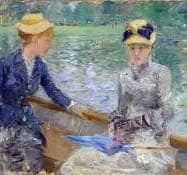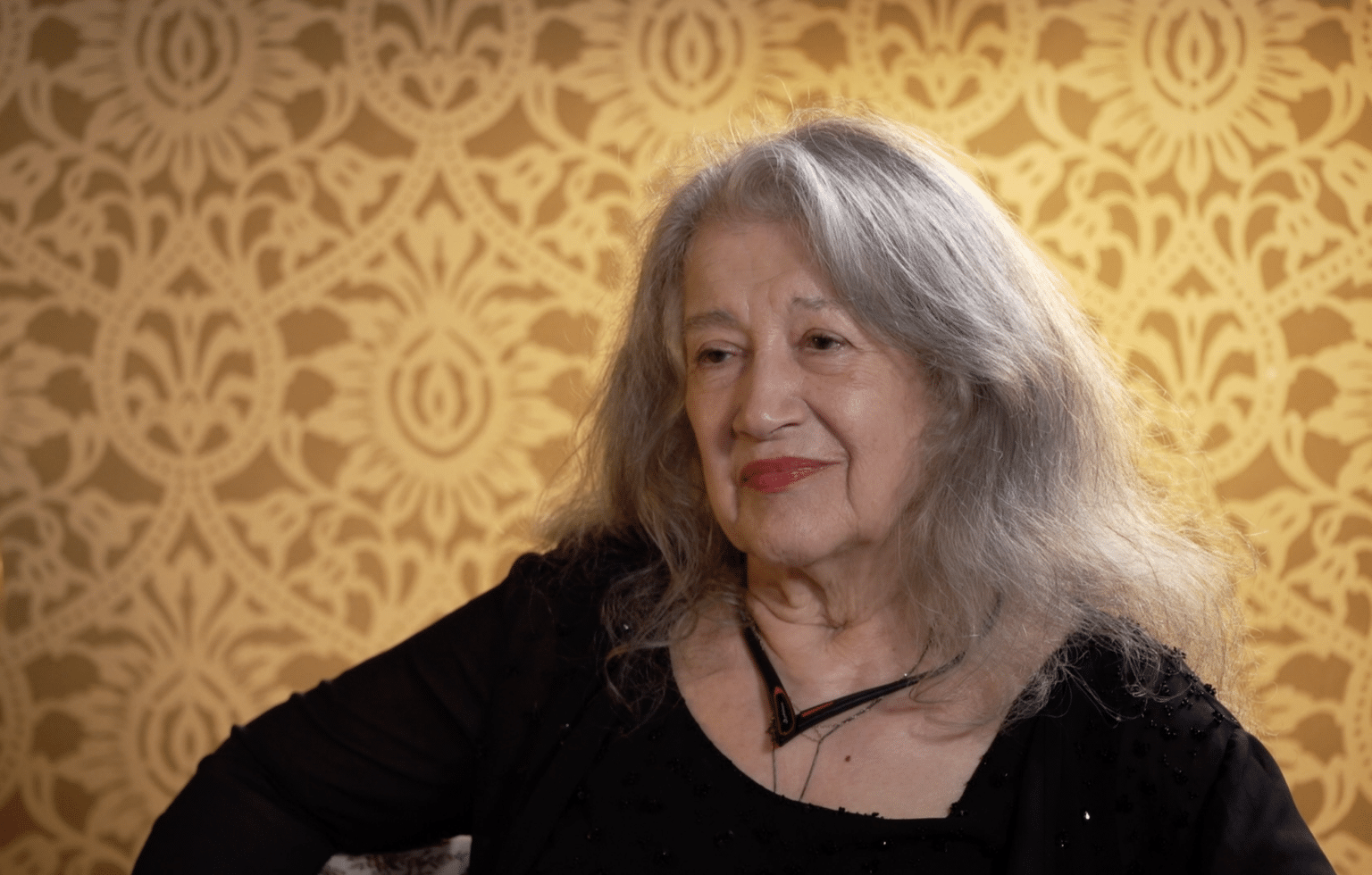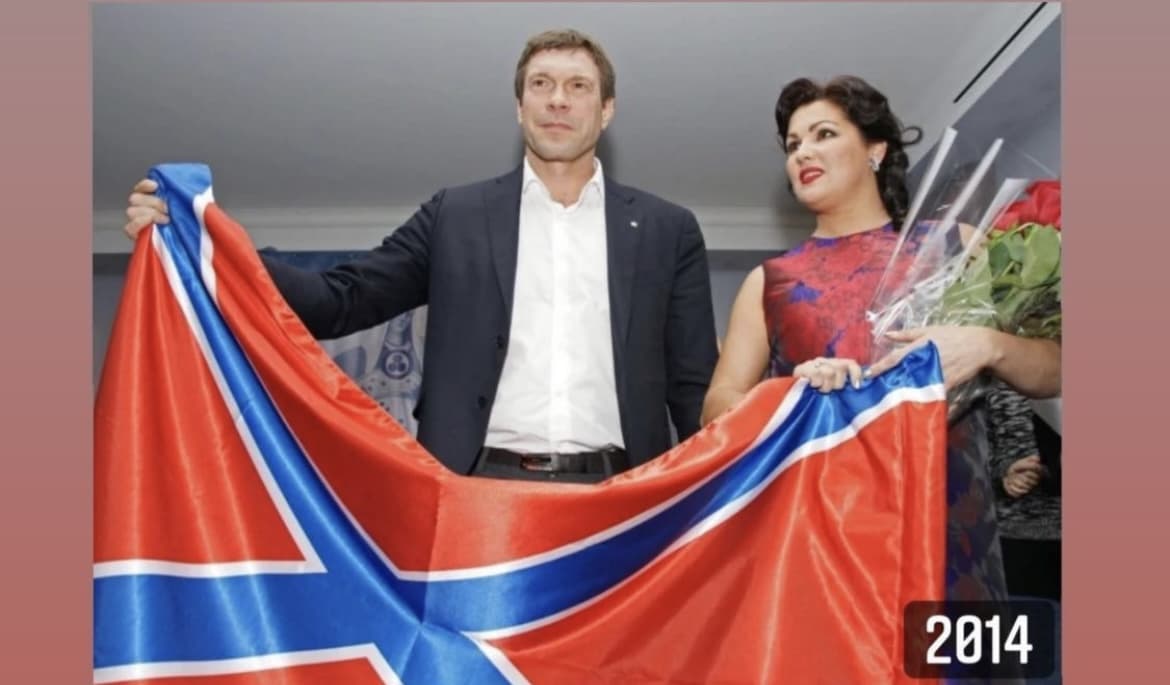Ruth Leon recommends… Berthe Morisot’s Summer’s Day
Ruth Leon recommendsBerthe Morisot’s ‘Summer’s Day‘ in the National Gallery is one of my favourite Impressionist paintings. The artist uses distinctive zig-zag brushstrokes and an extraordinary interplay of light and colour in this wonderful painting of two women enjoying an outing in the park in the sunshine of Paris’s Bois de Boulogne. Here, she captures a summer day just messing around in boats. But just who are the two women in the boat on the lake? Sterre Overmars, Harry M Weinrebe Curatorial Fellow, answers this question and more in this National Gallery video.
Who was Berthe Morisot? She was one of the founders of the French Impressionist movement in Paris during the 1860s, having formed a close professional relationship with Edouard Manet. In 1864, she began submitting works to the Paris Salon, where she showed regularly through the rest of the decade. In 1874, Morisot was invited to exhibit with the Société Anonyme des Artistes-Peintres, Sculpteurs, Graveurs—a landmark event that would become known as the first exhibition of the Impressionists.
Born in 1841, she was a painter from an early age. Morisot’s mother supported her daughter’s ambitions by allowing her a serious art education. She flourished artistically, copying old-master paintings at the Louvre, studying under the Barbizon painter Jean-Baptiste-Camille Corot, and learning plein-air (outdoor) painting.
Morisot achieved significant critical recognition during her lifetime, although 19th- and 20th-century critics focused on the “feminine” qualities of her work: intuitiveness, spontaneity, and delicacy. Her work was included in George Petit’s International Exhibition in Paris as well as in Paul Durand-Ruel’s exhibition of Impressionist painting in New York, both in 1887.
Married to Eugène Manet (brother of Edouard Manet), Morisot had one daughter, Julie, whom she painted frequently and who provided the inspiration for her paintings documenting women’s lives, including Jeune femme en toilette de bal at the Musée d’Orsay, Paris.






Comments